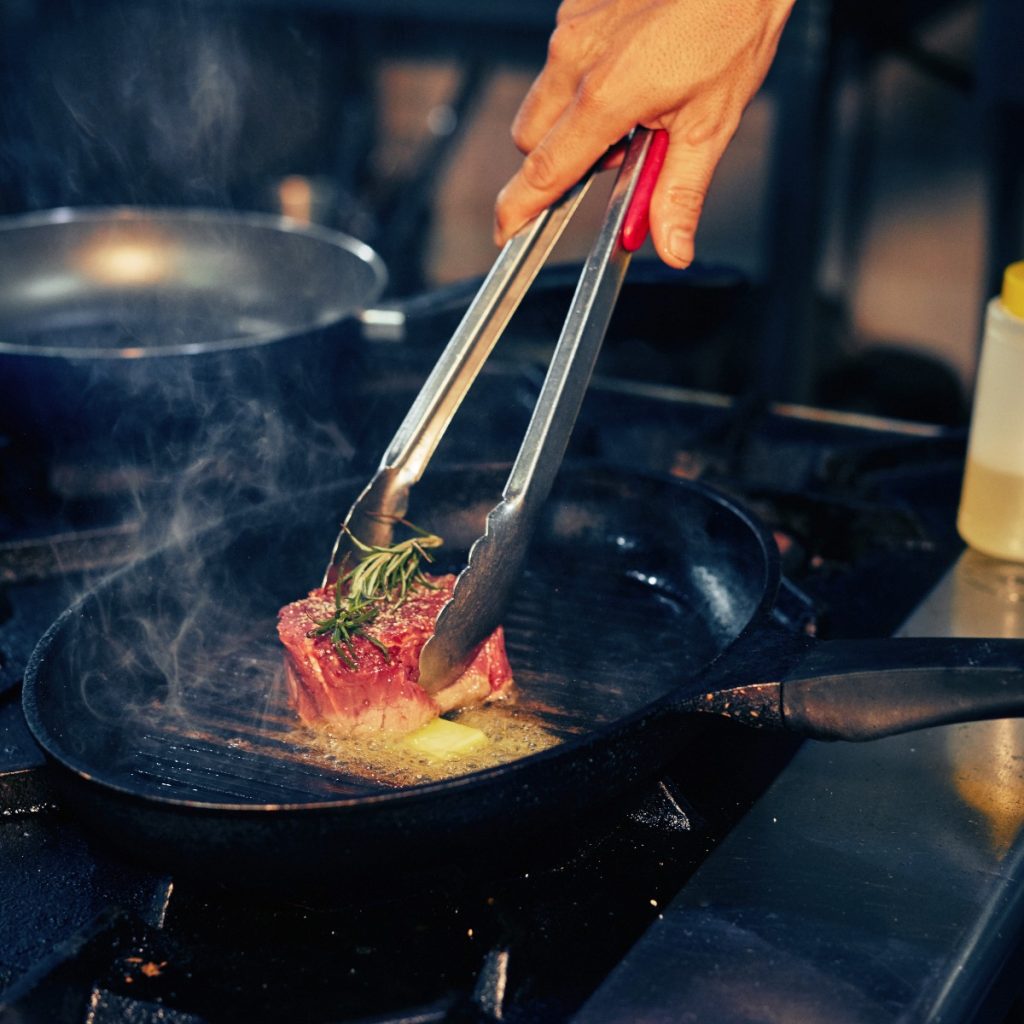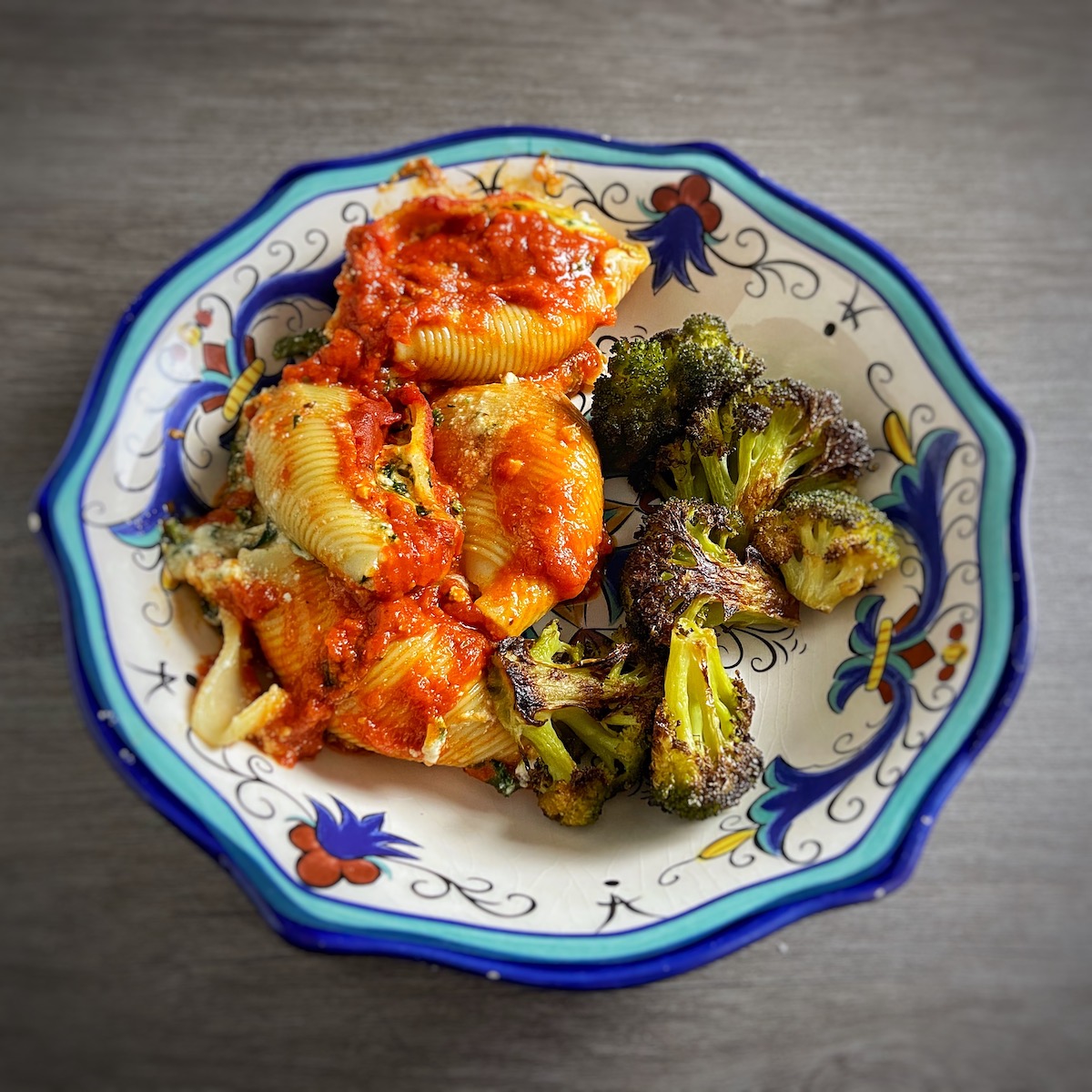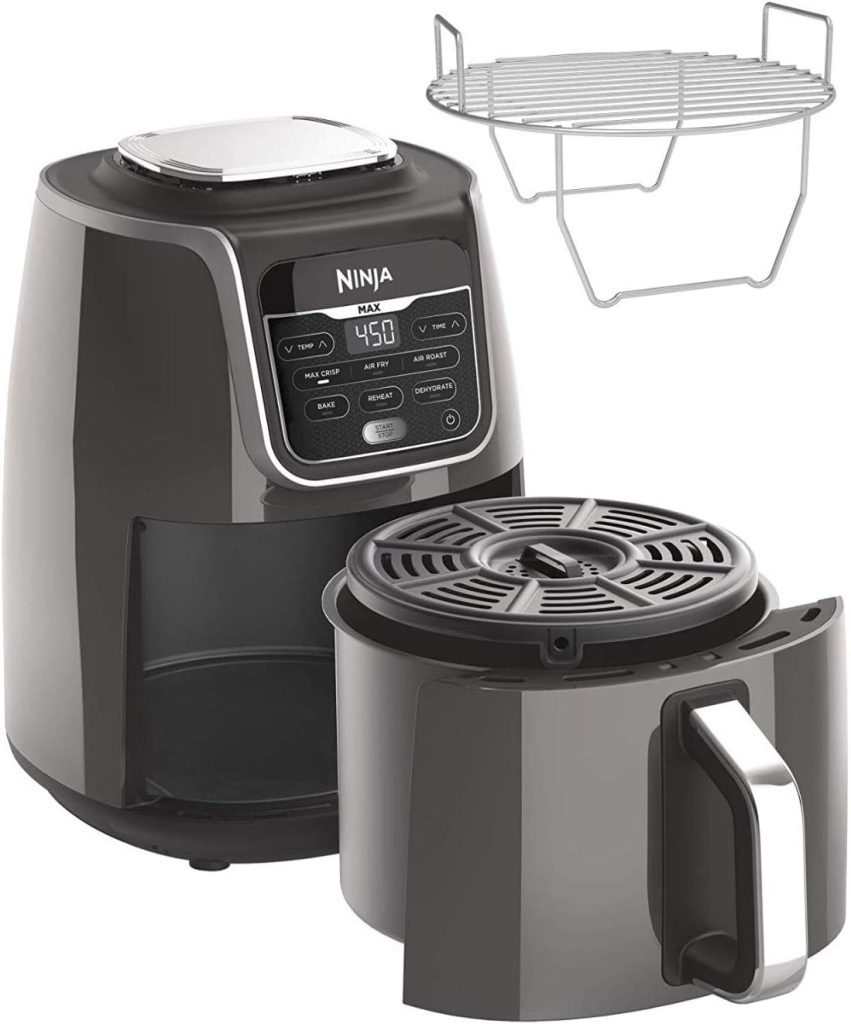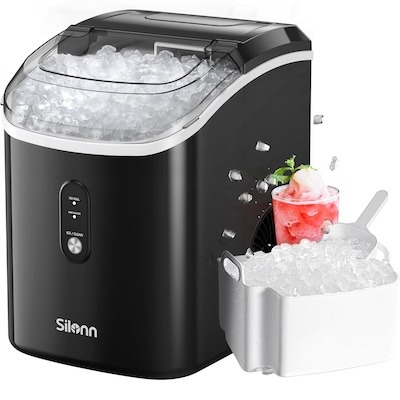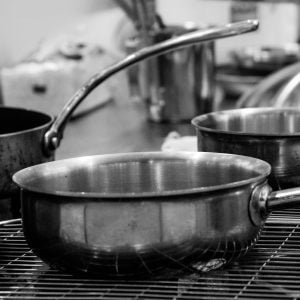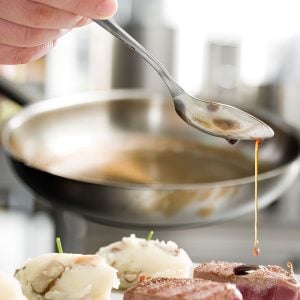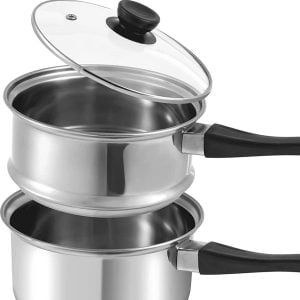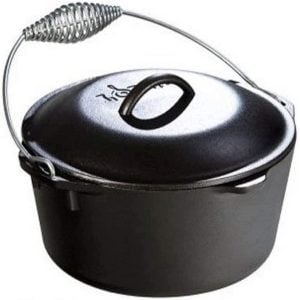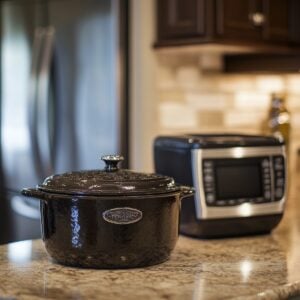Cooking Tongs might be the most used tool in my kitchen!
I purchased my first pair of kitchen tongs (not to be confused with those extra-long barbecue tongs) in a kitchen supply shop. They only cost me about $8.00 but are one of the most utilized utensils in my kitchen.
Great for sautéing, transferring ingredients to hot pots & pans, plating meals, and any other chore that may require putting your fingers in harm’s way. They’re also great for keeping a beat when cooking and listening to loud music.
Cooking Tongs
Cooking tongs are versatile kitchen tools essential to every cook’s arsenal. These handy utensils consist of two long arms, often made of stainless steel, hinged at one end, and equipped with a handle on the other.
The unique design allows for easy gripping and maneuvering of food items during cooking. From flipping steaks on a grill to delicately plating a salad, cooking tongs offer many benefits that make them indispensable in the kitchen.
Cooking Tongs Advantages
One of the primary advantages of cooking tongs is their ability to provide a firm and secure grip on various types of food. Whether turning a sizzling piece of bacon or retrieving hot vegetables from a boiling pot, tongs allow precise control and prevent accidental slippage. In addition, the locking mechanism found on many tongs ensures that they can be easily stored without taking up much space, making them a convenient choice for compact kitchens.
The materials used in constructing cooking tongs, particularly stainless steel, contribute to their durability and heat resistance. Unlike other utensils that may melt or warp when exposed to high temperatures, cooking tongs can withstand the heat of stovetops, grills, and ovens without compromising their functionality. This heat resistance allows for the safe and efficient handling of food items, reducing the risk of burns or injuries in the kitchen.
Another advantage of cooking tongs is their ability to preserve the integrity and presentation of delicate food items. When working with fragile ingredients such as fish fillets or delicate pastries, using tongs ensures you can handle them carefully, minimizing the chances of them falling apart or losing shape. This precision is essential when plating dishes, as tongs enable chefs and home cooks to arrange ingredients accurately and with finesse.
Cooking tongs also come in various sizes and designs, catering to different cooking needs. From small, nimble tongs suitable for handling delicate ingredients to long-reach tongs perfect for grilling, there’s a pair of tongs for every task. Some tongs even feature silicone or nylon tips, providing a non-slip and non-scratch grip, making them ideal for non-stick cookware or delicate surfaces.
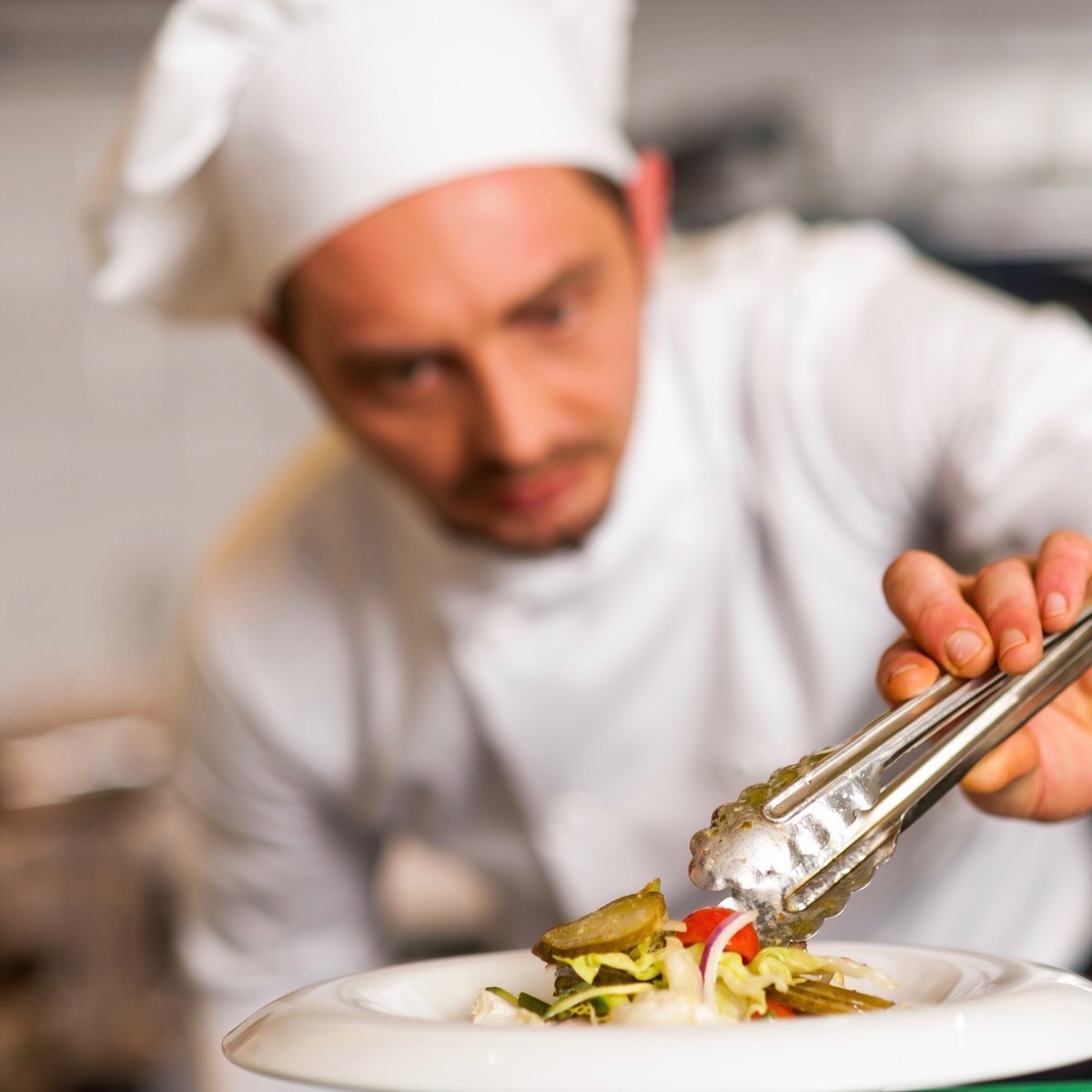
Other Uses
Beyond their primary function of gripping and turning food, cooking tongs have proven to be versatile multitaskers in the kitchen. They can be used to toss salads, serve pasta, or even reach for items in high cabinets. Moreover, their versatility makes them a cost-effective investment, as they can replace the need for several other specialized tools.
Who invented cooking tongs?
The exact origins of cooking tongs are challenging to trace, as similar tools have been used in various cultures throughout history. However, tongs, in general, have been in use for thousands of years in different forms. The concept of using two arms with a hinge in the middle can be seen in ancient Egyptian and Roman artifacts.
While it is challenging to attribute the invention of cooking tongs to a specific individual, the modern design and widespread use of cooking tongs can be attributed to advancements in metallurgy and manufacturing techniques. The development of stainless steel in the early 20th century, with its heat resistance and durability, significantly contributed to the popularity of tongs in cooking applications.
It is worth noting that using tongs as a general tool for gripping and handling hot objects predates the specific application of cooking tongs. Nevertheless, Blacksmiths, assistants, and tongs have been used for centuries in metalworking to handle hot iron and steel.
Various companies and inventors have recently contributed to designing and improving cooking tongs. As a result, numerous manufacturers produce tongs with different materials, lengths, and features, catering to the diverse needs of cooks and chefs worldwide.
While the precise inventor of cooking tongs remains unknown, it is clear that they have evolved to become an essential and widely used kitchen tool. In addition, their design and functionality continue to be refined to meet the demands of modern cooking techniques and convenience in the culinary world.
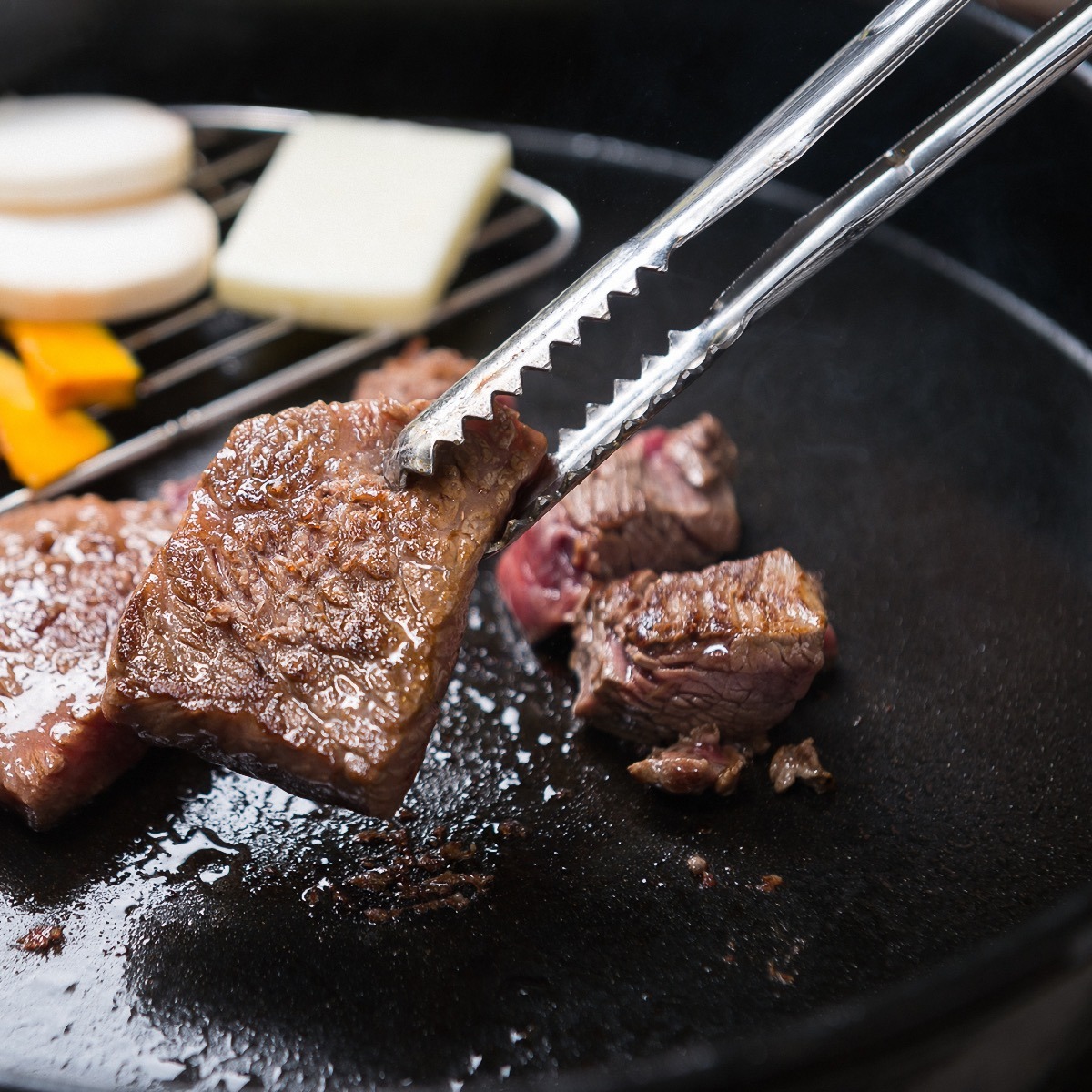
Different types of cooking tongs
Cooking tongs come in various sizes and designs, each catering to specific cooking tasks and preferences. Here are some of the standard sizes and designs you may find:
- Standard Tongs are the most commonly used tongs and typically range in length from 9 to 12 inches. They have a versatile design suitable for everyday cooking tasks such as flipping burgers, turning vegetables, or serving salads.
- Long-Reach Tongs, also known as grill tongs, are designed with extended arms, usually 12 to 16 inches or even longer. They are ideal for grilling, allowing you to safely handle food on a hot grill without getting too close to the heat source.
- Mini Tongs are smaller, usually around 6 to 8 inches long. They are perfect for delicate tasks like plating, garnishing dishes, or handling smaller food items such as appetizers or cocktail ingredients.
- Silicone-Tipped Tongs feature silicone-coated tips that provide a non-slip grip and are gentle on non-stick surfaces. The silicone tips also offer heat resistance, making them suitable for use with cookware that should be protected from scratches or damage.
- Scissor Tongs have a unique scissor-like design, where the arms pivot at the hinge. They are easy to use and allow for a quick one-handed operation. These tongs are excellent for serving or tossing salads, pasta, and other larger quantities of food.
- Salad Tongs are designed explicitly for salad preparation and serving; these tongs often have broader, flat arms with serrated edges or a gripping mechanism. This design helps to handle and toss salad ingredients efficiently without damaging delicate greens or other components.
- Bamboo Tongs are typically used for serving or handling food in Asian cuisine. They are made from bamboo and have a lightweight yet sturdy construction. Bamboo tongs are commonly used for serving sushi, noodles, or other delicate items.
- Locking Tongs feature a locking mechanism near the hinge that allows them to be locked in a closed position for compact storage. This feature is handy for saving space in the kitchen drawer or carrying tongs for outdoor cooking activities.
These are just a few examples of the different sizes and designs available for cooking tongs. Depending on your cooking preferences and specific tasks, you can choose the appropriate tongs that suit your needs and make your culinary endeavors more efficient and enjoyable.
Why are cooking tongs so crucial to professional chefs?
Cooking tongs are essential to professional chefs for several reasons. Here are some key reasons why cooking tongs are invaluable tools in a professional kitchen:
- Precision and Control: Professional chefs often work with intricate and delicate food preparations. Cooking tongs give them the precision and control necessary to handle fragile ingredients without damaging them. Whether turning delicate fish fillets, plating small garnishes, or arranging components on a dish, tongs allow chefs to handle food with finesse and accuracy.
- Safety and Heat Resistance: Professional kitchens are fast-paced environments where safety is paramount. Cooking tongs enable chefs to handle hot objects, such as items on a grill or pots on a stovetop, without risking burns or injuries. In addition, tongs made from heat-resistant materials like stainless steel can withstand high temperatures, ensuring chefs can work efficiently without compromising safety.
- Hygiene and Cross-Contamination Prevention: Chefs prioritize cleanliness and food safety in their kitchens. Tongs are invaluable tools for minimizing the risk of cross-contamination. They allow chefs to handle raw and cooked foods separately, reducing the chances of harmful bacteria spreading. In addition, they can be easily cleaned and sanitized between uses, ensuring a hygienic cooking environment.
- Versatility and Multitasking: Professional chefs often work on multiple dishes simultaneously, and cooking tongs offer versatility and multitasking capabilities. Chefs can use them for various tasks, such as flipping, turning, tossing, serving, and even plating. This versatility eliminates the need for multiple tools, saving time and streamlining the cooking process.
- Presentation and Aesthetics: In the culinary world, presentation is key. Cooking tongs help professional chefs arrange and plate dishes with precision and artistic flair. They allow chefs to position ingredients precisely, create appealing arrangements, and add finishing touches to enhance the visual appeal of the final dish.
- Durability and Reliability: Professional chefs rely on durable and reliable tools that can withstand the demands of a high-volume kitchen. Cooking tongs, particularly those made from high-quality materials like stainless steel, offer long-lasting performance and endure heavy use without bending or breaking. Chefs need tools they can depend on; sturdy tongs provide that reliability.
- Speed and Efficiency: In a professional kitchen, speed, and efficiency are crucial. Cooking tongs enable chefs to work quickly, easily flipping and turning food items. The firm grip and ergonomic design of tongs allow for swift and precise movements, reducing cooking time and ensuring consistent results.
onlinesources: Cooking Tongs
There are many sources for purchasing quality Kitchen Gadgets and Housewares, including whisks, spoons, measuring devices, and all the fun gadgets we home cooks have come to love. Of course, I suggest you check out your local department stores and kitchen supply shops, but if you’re looking for a wide selection of products and prices, you may want to check out Amazon.com, where I buy many of my favorite cookware pieces.

